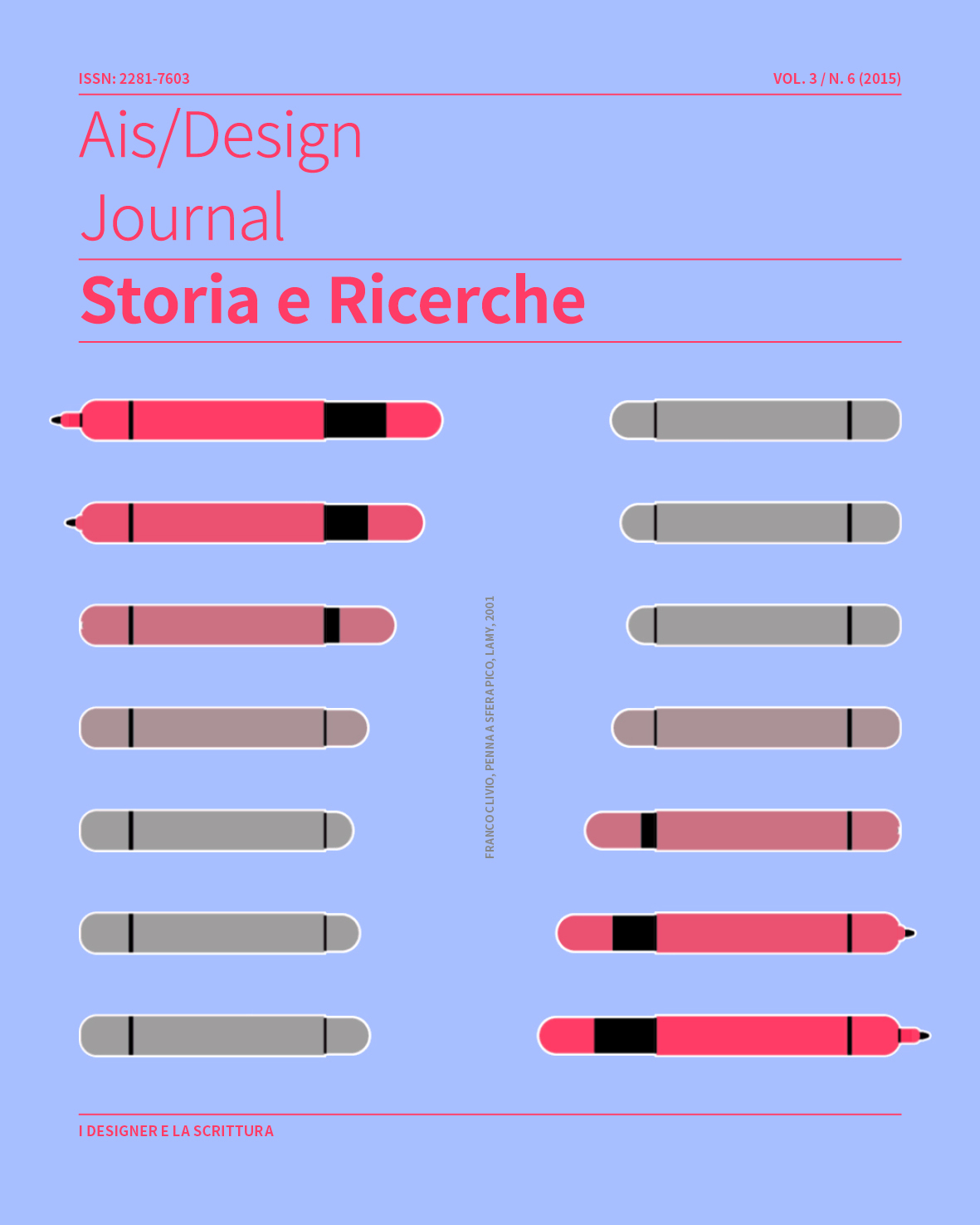Mediating the Modern Movement to a Lay Audience in the Interwar Years
The Layout Designer and Design Critic Pierre-Louis Flouquet
Abstract
Pierre-Louis Flouquet (1900-1967) is mainly known for his abstract paintings and poetry, but surprisingly much less as the most prolific writer and editor on design in Belgium between 1922 and 1967. This article offers a new understanding of Flouquet’s contribution to the design culture by examining his early work, developed in his capacity as a design critic and layout designer during the interwar years. The focus is on the origins of his popularization discourse and the importance of his communication strategy, which culminated in the establishment of «Bâtir» in 1932, one of Belgium’s main design magazines. It is argued that Flouquet’s ability to express his critical view, simultaneously through his writings and graphic design, defined the strength of his mediation discourse, a discourse which he perpetuated thereafter for thirty-five years in his magazines and papers, turning him into a key mediator of modernist design in Belgium.
Copyright (c) 2015 Irene Amanti Lund

This work is licensed under a Creative Commons Attribution-NonCommercial-NoDerivatives 4.0 International License.
Creative Commons NonCommercial-NoDerivates 4.0 international License (CC BY-NC-ND 4.0).


